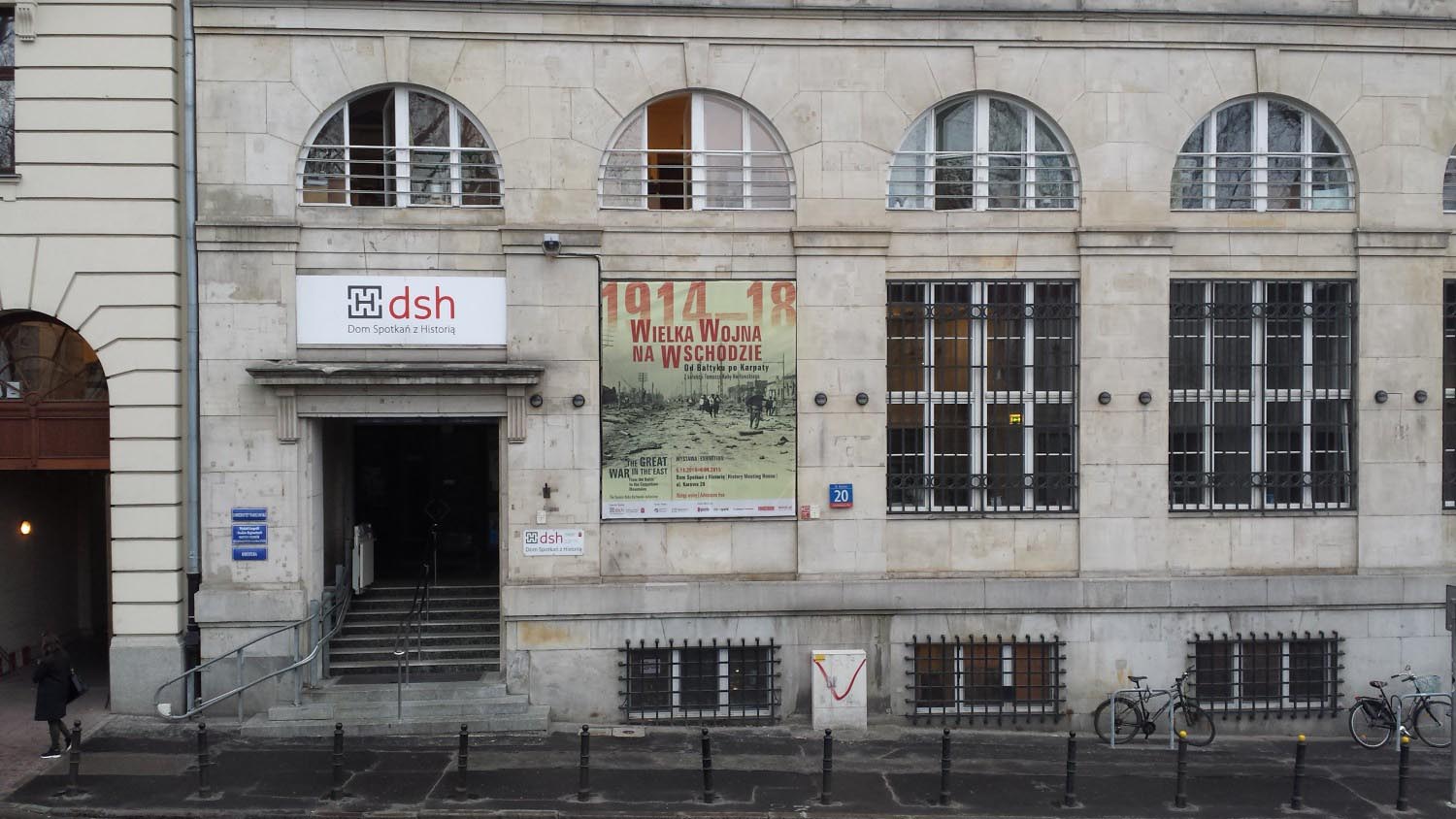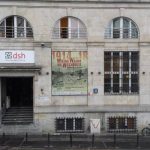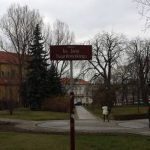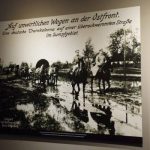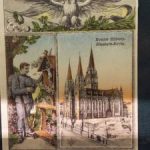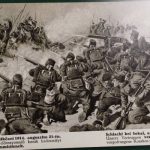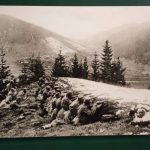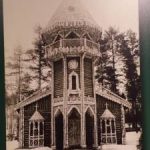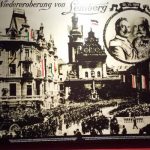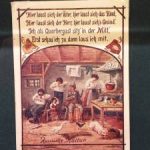After attending a lecture at Collegium Civitas (CC) on the topic of the First World War (in a class entitled “The History of Central Europe”), I thought a visit to the History Meeting House’s two current temporary exhibits on the subject would be an appropriate way to spend the afternoon.
The History Meeting House (HMH) is a municipal cultural institution that was founded in 2006 through the initiation of the KARTA Center, a non-governmental organization whose mission is to document and popularize the history of Poland and Eastern Europe in the 20th Century. The HMH also focuses on the 20th Century and attempts to make reach the common man by making history interactive and popular. To make history relatable, it presents the life stories of individuals through primary sources. In the words of the HMH’s mission statement, “We focus on those aspects of history which are frequently absent from course-books; it is easier to grasp the uniqueness of an epoch through stories of everyday life and fates of individuals.”
The HMH offers temporary exhibitions on a variety of topics related to Poland and the history of Eastern Europe, as well as discussions, workshops devoted to the history of Warsaw, screenings of feature films and documentaries, educational workshops for students, book launches, and seminars/conferences. Since 2007, the HMH has been popularizing the heritage of “the former eastern territories of the Republic of Poland” within the framework of a program that it calls “Warszawska Inicjatywa Kresowa” or Warsaw’s Eastern Borderlands (the so-called “kresy” area in Polish) Initiative. The two exhibitions that I visited were executed in the framework of that initiative.
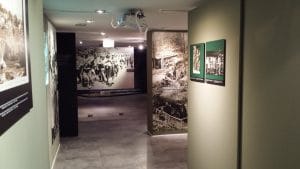
The first exhibit was entitled “The Great War in the East (1914-1918) – From the Baltic to the Carpathian Mountains” and is on show until the 12th of April. Essentially a collection of postcards primarily from soldiers fighting in the Austro-Hungarian and German armies on the Eastern front, the goal of the exhibit is to showcase the “German and Austrian viewpoints.” Of course, such a designation is an oversimplification – both German and Austrian as well as the Russian armies were in fact multinational. The 1901 census of the Second German Reich, for example, counted over 3 million Poles in Germany, or about 6 percent of the population of the German Empire. The Austro-Hungarian army contained Ukrainian, Slovak, Polish, Czech, Hungarian, Austrian, Croatian, Italian, and even Bosnian divisions. Indeed, Poles fought in all three armies on the Eastern front.
In any case, the original photographs and postcards, did certainly convey a very real and personal perspective of the war (albeit censored to portray only the best to family back home). The front was constructed almost as a romantic, idealized place, where soldiers built wooden churches, dug underground huts, and did gardening in their spare time. The well-known awful conditions of trench warfare on the western front were, of course, absent (the war on the eastern front was very fast moving) but so were almost any depictions of death or otherwise negative circumstances.
The second exhibit was called “Photographers of The First World War: Brož, Myšička, Rajman.” Brož, Myšička, and Rajman were evidently prominent Czech photographers that served in the Austro-Hungarian army and documented their service in picture form.
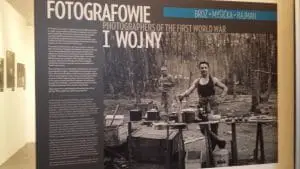
The exhibition consisted of one room of photos depicting the life of soldiers on the front (both the Eastern and the Italian). Although the photos were beautiful and offered a glimpse into a past only 100 years gone by, I found the lack of nuanced narration troubling, given that the only instance of historical background provided presented contentious history as one-sided fact.
The “historical background” portrays the Czechs as unwilling subjects of the Austrian Empire who were forced to fight on for Austria-Hungary but didn’t want to, due to the popularity of Pan-Slavism. Moreover, the “historical background” emphasizes the propaganda used by Masaryk and Beneš in order to gain Czechoslovakia a favorable settlement at Versailles (essentially that Czechoslovakia was a “prisoner” of Austria that was in fact on the side of the Entente). The “historical background” also bloats the size of the Czechoslovak Legion that fought on the side of the Entente (a founding myth of the new state) to 100,000 men, whereas most historians cite it as 60,000 men strong. In fact, most Czechs fought and died willing for Austria-Hungry and many Czech politicians also supported the monarchy and viewed it as necessary for Central Europe, even if they preferred a more federalized union.
In any case, despite some limitations in historical nuance, the HMH is a great way to actually “meet” history in the form of original, primary sources. If you’re interested Eastern Central Europe, I can definitely recommend it. The exhibits are free so there is really nothing to lose. There’s even a café and a reading room where you can relax after some intense engagement with history.
History Meeting House (Dom Spotkań z Historią)
Karowa 20
Opening Hours: Tues-Fri from 10am to 8pm
Sat-Sun from 11am to 8pm, Mondays closed
Admission free
DSH.waw.pl


